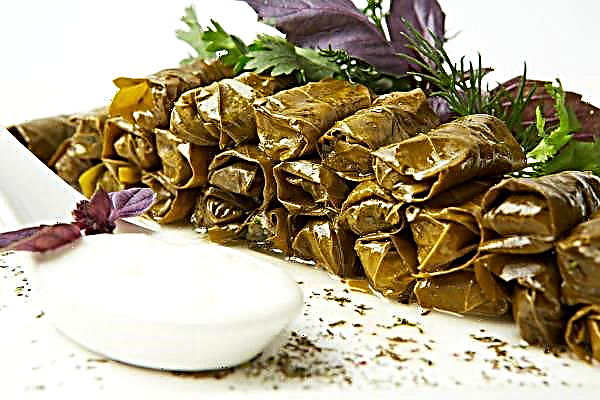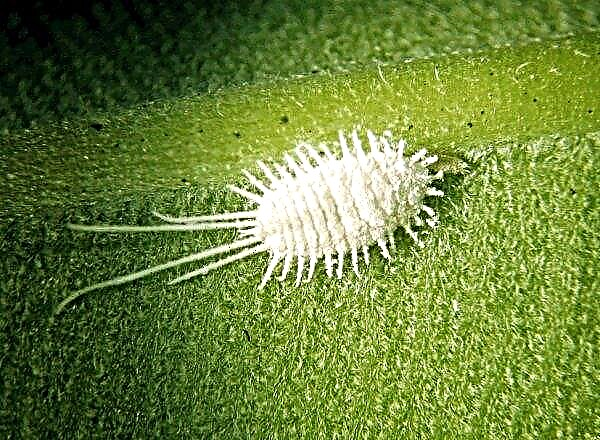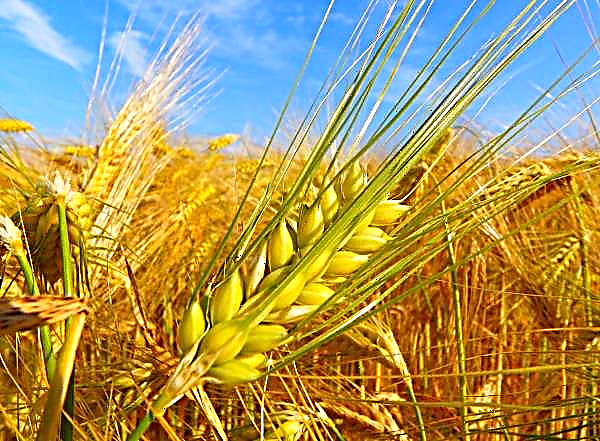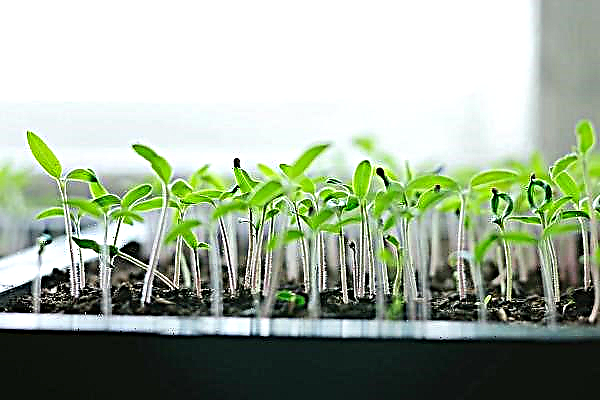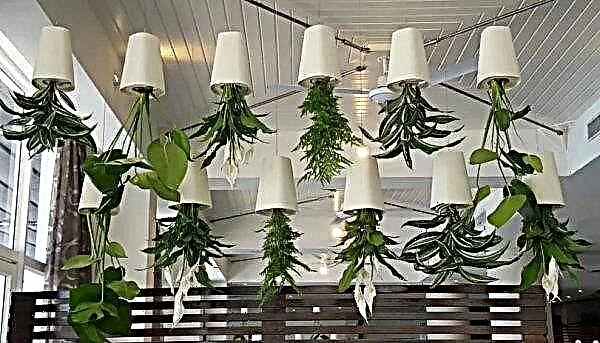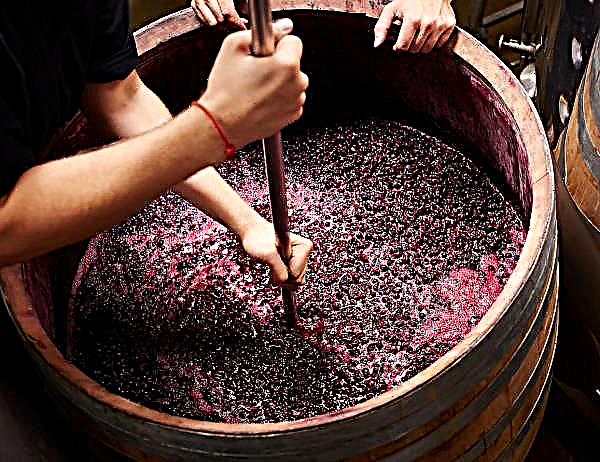Every flower lover is familiar with orchids. The most popular indoor species of this plant is Phalaenopsis, it can be seen on window sills and in greenhouses in beautiful transparent flowerpots. One of the features of orchid care is a specific watering, which will be discussed later.
How to care for Phalaenopsis orchid
Phalaenopsis is an unpretentious plant and grows in almost any condition, except in extreme cold.
Important! You can not overfeed the plant, this can lead to cracking of the foliage surface.
To make the flower feel good, you just need to adhere to the general recommendations:
- a pot with an orchid is best placed on the windowsill of a window facing the west or north-west side;
- optimal conditions for growth and flowering: temperature in the summer + 18 ... + 25ºС, in the winter + 12 ... + 15ºС is allowed, humidity is best maintained within 30-40%;
- Phalaenopsis foliage should be periodically wiped off with dust with a damp cloth;
- plant transplantation is carried out every 2-3 years as the substrate loses its properties and darkens;
- Feeding is recommended to be carried out regularly, after 1-2 waterings with complex fertilizer (for example, Kemira-Lux).

How to understand that it’s time to water Phalaenopsis
A lack of moisture, as well as its excess, can harm the orchid and stop flowering and drop leaves.
To avoid such problems, you need to focus on some signs that determine the plant's readiness for watering:
- complete drying of the soil mixture in the pot. That is why it is best to use transparent containers. As soon as condensation drops ceased to form on the walls of the flowerpot, you can safely water the orchid;
- the state of the roots: when there is enough moisture, the roots in the pot are green, and if they lighten, this confirms the plant's readiness for watering;
- if the pot is opaque, you can determine the dryness of the substrate by weight. While it is wet, the pot will be heavier; as it dries, it will become lighter;
- you can deepen a wooden stick into the thickness of the mixture and periodically check its condition by pulling it out of the pot. Dry wood indicates the dryness of the substrate.
Did you know? Some individuals of indoor orchids are able to reach the age of 60-70 years, and in the Royal Botanic Gardens of Great Britain you can find centenarian specimens.
How many times and how often to carry out the procedure
For those who are faced with orchid cultivation for the first time, it is quite difficult to immediately determine the frequency and intensity of watering. It is most true to focus on the state of the soil in the pot. Nevertheless, there is a general guideline that will help to avoid mistakes: water Phalaenopsis once every 12-14 days.
This period is approximate and can be adjusted depending on the season and air temperature (the colder the more slowly the moisture evaporates).
What water is better to water
Phalaenopsis is not very sensitive to the composition of water, however, it is on it that the growth rate and duration of flowering depend. In addition, water is actively involved in the thermoregulation of the plant, therefore, there are general criteria by which to approach the preparation of water for irrigation.
Rigidity
Orchids prefer soft water or medium hardness. As you know, tap water is usually too hard, so it is not very suitable for pure watering. It is best to use a conventional filter or to stand the water from the tap during the day avoiding agitation of sediment from the bottom of the tank.
Acidity level
The ideal pH level for Phalaenopsis is pH 5, and its level can be measured using litmus paper sold in a pharmacy.
Important! Before watering, it is advisable to slowly pour the liquid several times from one bottle to another so that it is saturated with oxygen.
Optimum temperature
Orchids are watered with water, heated to a temperature of + 30 ... + 37ºС.
How to water Phalaenopsis at home
Perhaps the most difficult thing in caring for an orchid is choosing the right watering method, but this is only at first glance, since there are specific recommendations for each case.
Immersion
This is a well-known and most common method. In this case, the plant together with the pot is placed in a larger container with water for 10-20 minutes, after which it is removed and left without a pan until a liquid that has not absorbed into the substrate flows out.
This method is preferable to use in the summer, because during this period the soil dries up very quickly and it takes more time to completely moisten it. The water temperature should be approximately + 32 ... + 35ºС.
Watering from above
Most often, novice orchid lovers water the plant, like all other flowers, from above. This method has a right to exist, especially in winter, when the drying of the substrate occurs slowly and a large amount of water is not needed.
It is also appropriate to apply this method when adapting the plant after purchase (watering the purchased flower can begin after 2 weeks).
Watering on the substrate is also appropriate during flowering, since during this period the orchid does not need excessive amounts of water. The procedure is performed with warm water (+ 37ºС) from a watering can with a weak stream, evenly over the entire area of the substrate, except for the growth point. Then, after 5 minutes, you need to pour excess moisture from the pan.
The procedure is performed with warm water (+ 37ºС) from a watering can with a weak stream, evenly over the entire area of the substrate, except for the growth point. Then, after 5 minutes, you need to pour excess moisture from the pan.
Running water
This type of irrigation can be used infrequently, since running water can be unnecessarily harsh. However, it is well suited for cleansing plants from dust and stimulating the growth of greenery, as it is similar to warm tropical rainfalls that are natural for orchids.
Once a month, you can water the flower in this way: put the flower pots in the bathtub and shower it with a weak stream of warm water (+ 37 ... + 38 ºС) until the soil is completely saturated with moisture. Then, the pots are left in the bath until excess liquid spills out of the flowerpots.
Spraying the roots
This method is effective exclusively for plants with open roots, that is, those that do not grow in the substrate (orchids grown on blocks).
Did you know? Beehive Orris orchid is a prime example of plant mimicry. Her flower looks like a large, bright bee that attracts pollinating insects.
The essence of watering is to moisten the roots and moss of the block by irrigating them with warm water + 37 ... + 38 ºС.
Signs of improper watering
As you know, excess moisture, as well as its lack, can be fatal to any plant.
To determine whether the Phalaenopsis irrigation system is properly organized, it is enough to pay attention to indirect signs:
- if the yellowing of the foliage and its wilting is observed in the orchid, and the roots acquire a dark shade, this indicates excessive watering and the beginning of the process of decay of the root system;
- lack of water is characterized by lightening, drying of the roots, wilting of the petals;
- a complete stop or a long absence of flowering indicates that the temperature of the water for irrigation is too low.
So, consideration of the features of Phalaenopsis watering allows us to conclude that this procedure is the most complex in the flower care system. However, following the recommendations and observing the orchid will help to avoid mistakes and achieve long and abundant flowering.



